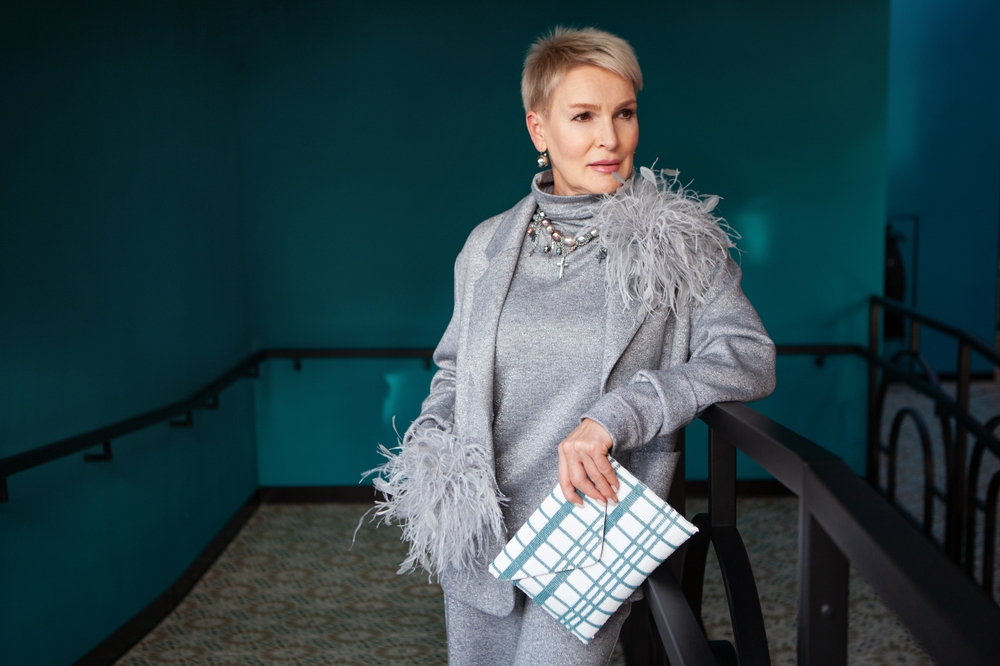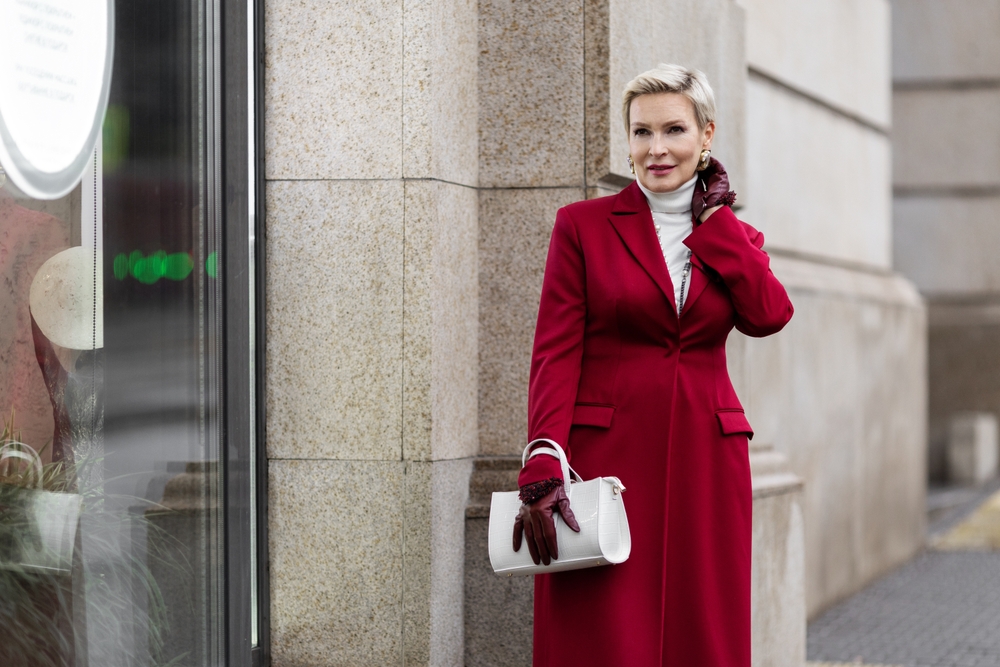We all dream of maintaining our thick, healthy, shiny hair forever. But reality and genetics have other ideas. As we age, our hair sheds, breaks, thins, and turns gray, and our lifestyle choices can influence the rate at which this happens.
1. Tick Tock Goes the Biological Clock
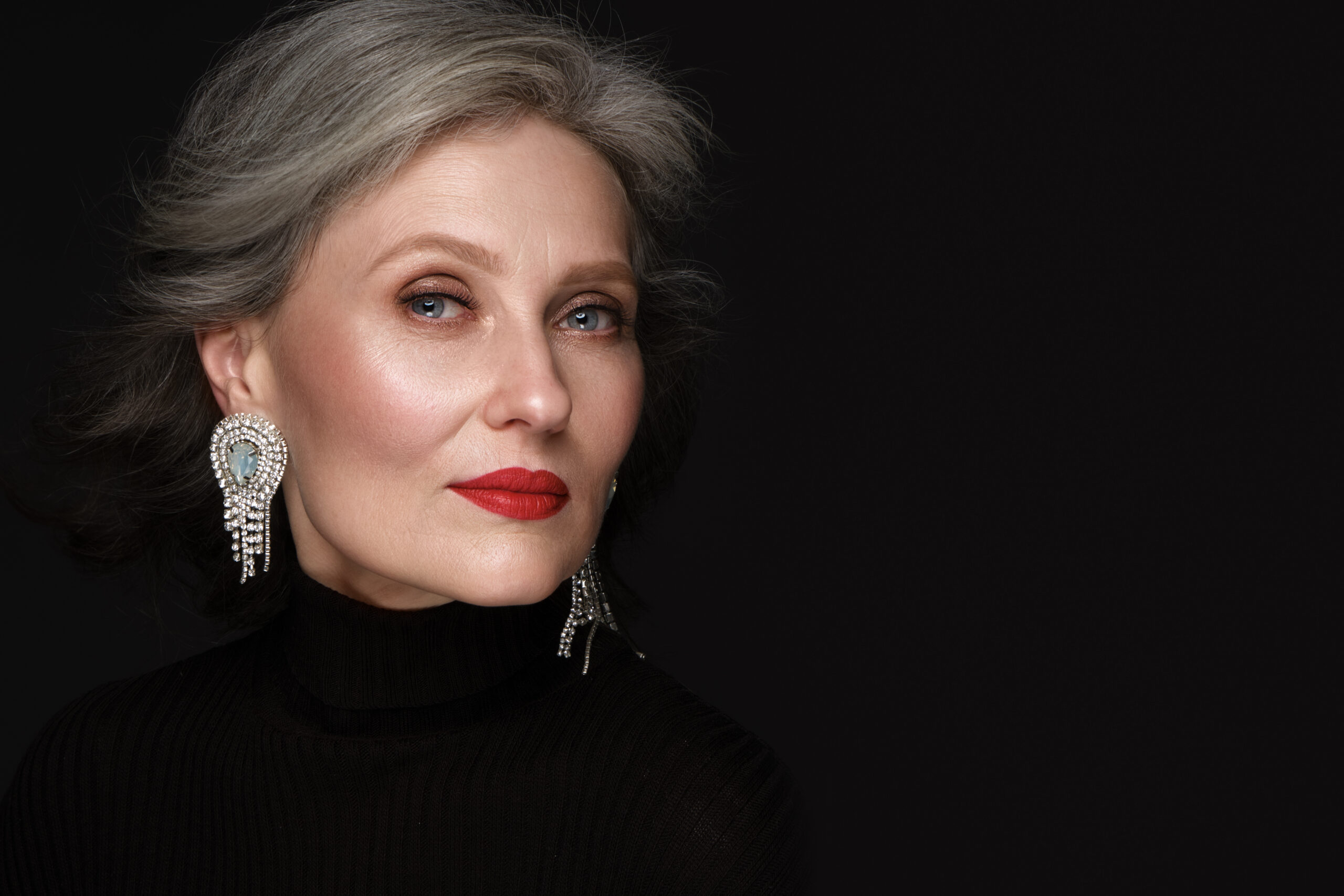
Hair follicles slow down as we age, causing thinning and shedding, a condition called “involutional alopecia.” Collagen, elasticity, and melanin (responsible for hair color) also decrease, leading to gray hair and weakened strands. Genetics often determine how early you’ll go gray, so if your family grayed young, you likely will, too. Unfortunately, there’s no stopping time, but knowing what’s coming can help you adjust your care routine.
2. Some Like it Hot
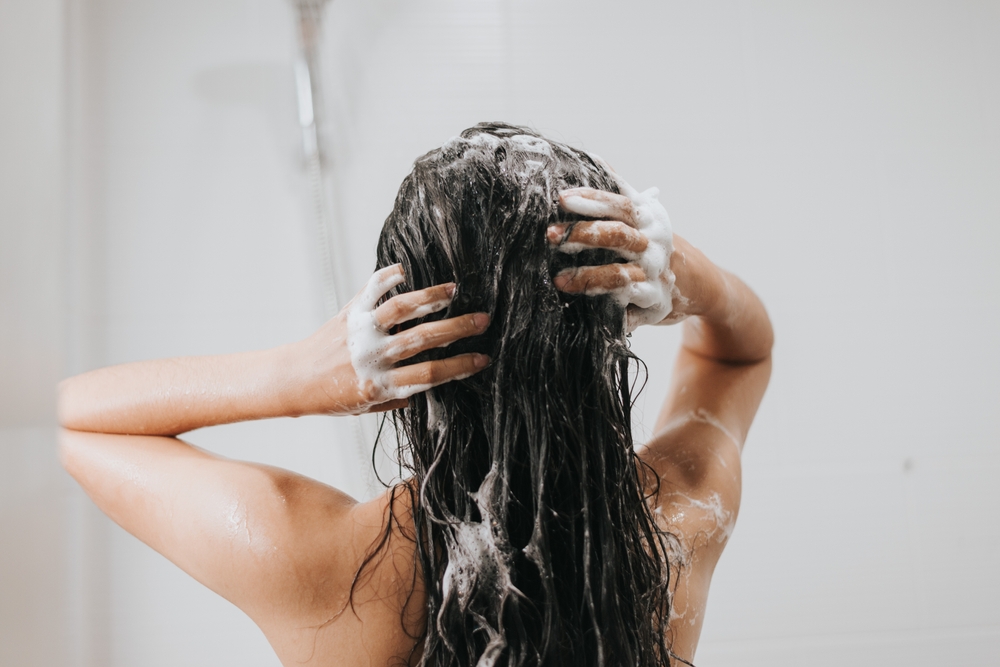
Hot water may feel soothing, but it can strip your hair of essential oils and damage the hair cuticle, making it more prone to frizz and breakage. Instead, use lukewarm water and a cool rinse to seal the hair cuticles for a shinier, healthier look.
3. Fragile When Wet
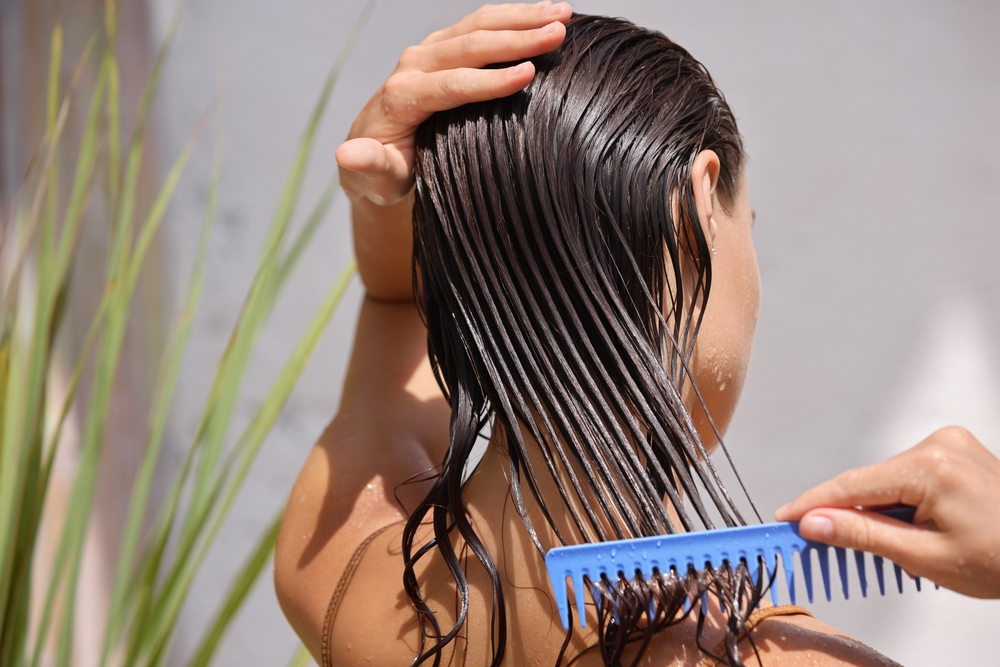
Brushing wet hair can cause major breakage since it is most fragile when damp. Instead, gently detangle with a wide-tooth comb, starting from the ends and working your way up. Dry brushing with a boar bristle brush stimulates the scalp and distributes natural oils, keeping hair healthy—don’t overdo it.
4. There’s Such a Thing as Too Clean
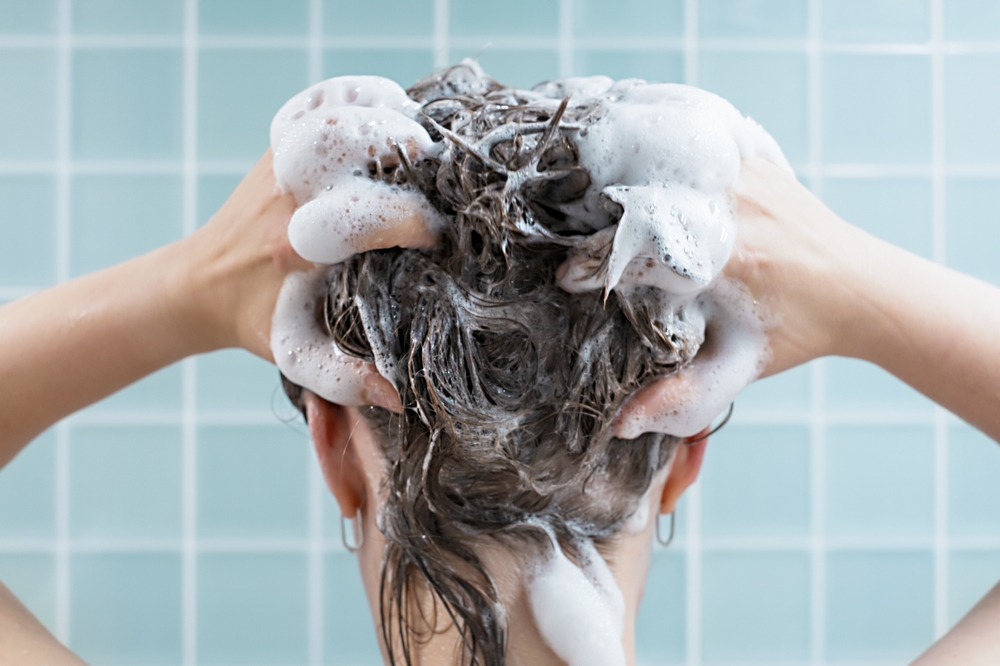
Washing your hair daily strips it of its natural oils, leaving it dry and prone to breakage. Experts suggest limiting washing to 2-3 times weekly to maintain your hair’s natural moisture balance. To keep hair fresh between washes, use dry shampoo or baby powder.
5. Missing the Steps
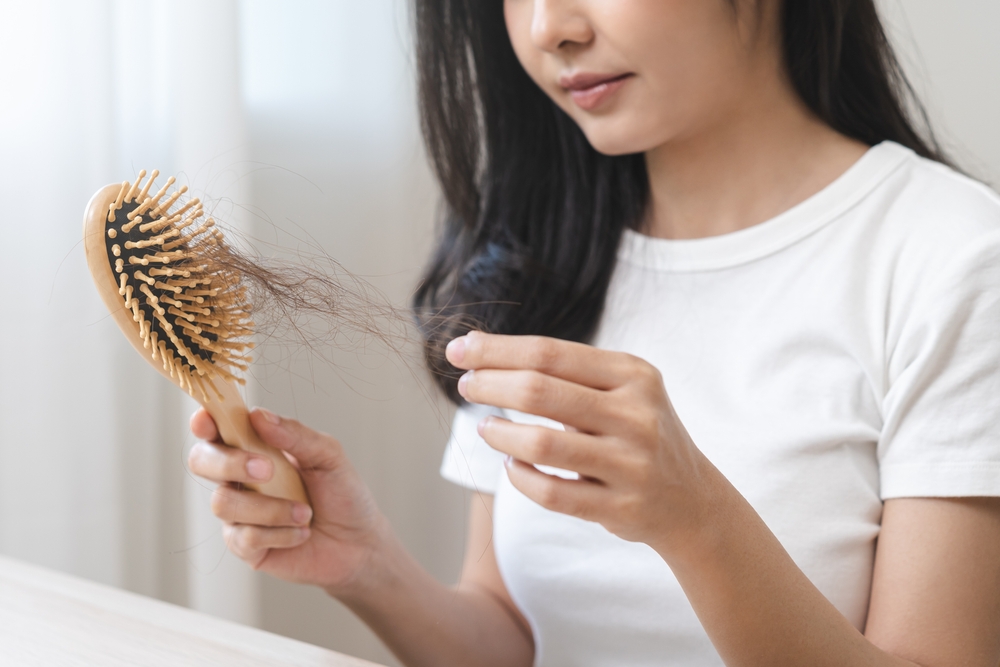
Conditioner isn’t optional—it’s essential for keeping hair soft, smooth, and hydrated. Skipping it leaves hair dry, tangled, and more prone to breakage. Always opt for sulfate-free products and apply conditioner to the mid-lengths and ends, especially if your scalp tends to be oily.
6. Rough Towel Drying
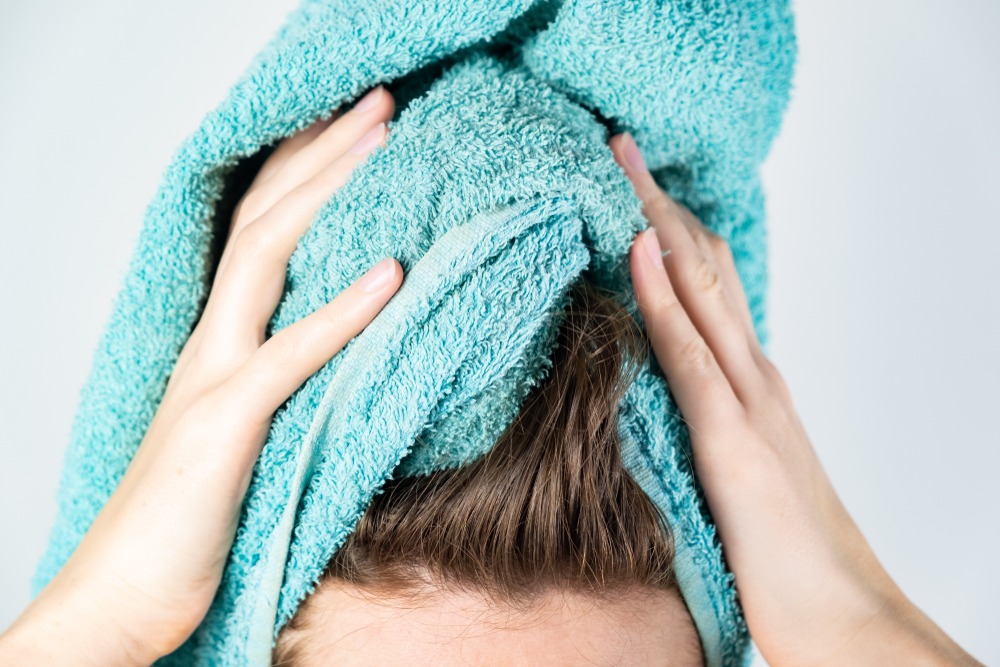
Roughly rubbing your hair with a towel after a shower causes friction, which can lead to damage and shedding. Instead, gently pat your hair dry or use a microfiber towel to remove excess water. Better yet, let your hair air-dry whenever possible.
7. Heat Styling Overload
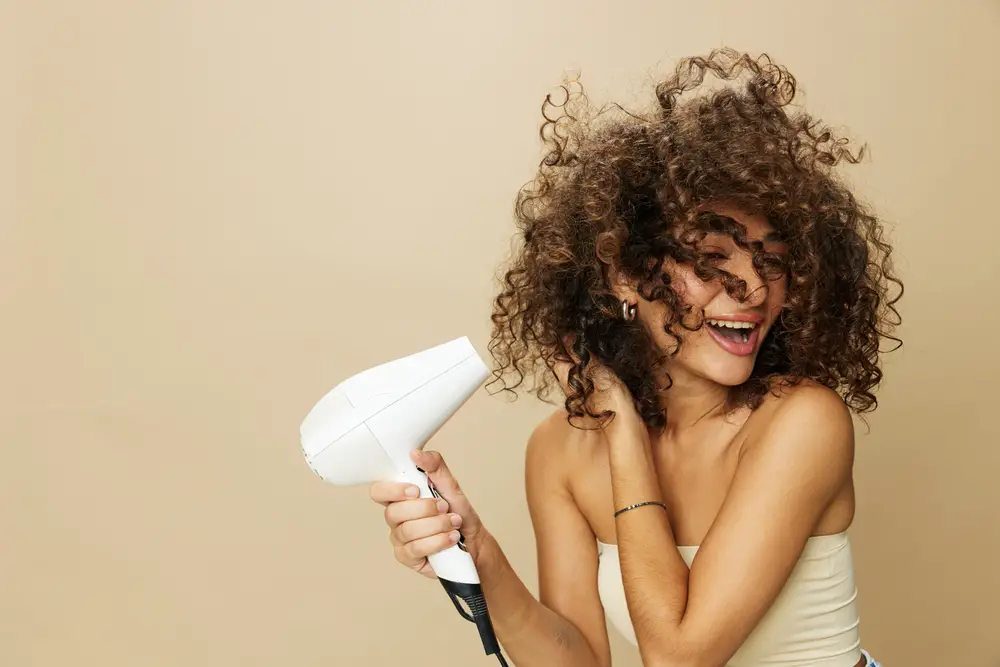
Frequent use of heat-styling tools like straighteners and blow dryers damages the hair shaft, making it more susceptible to breakage and dryness. Give your hair a break from the heat when you can, and always use a heat protectant before styling.
8. Chemical Mayhem
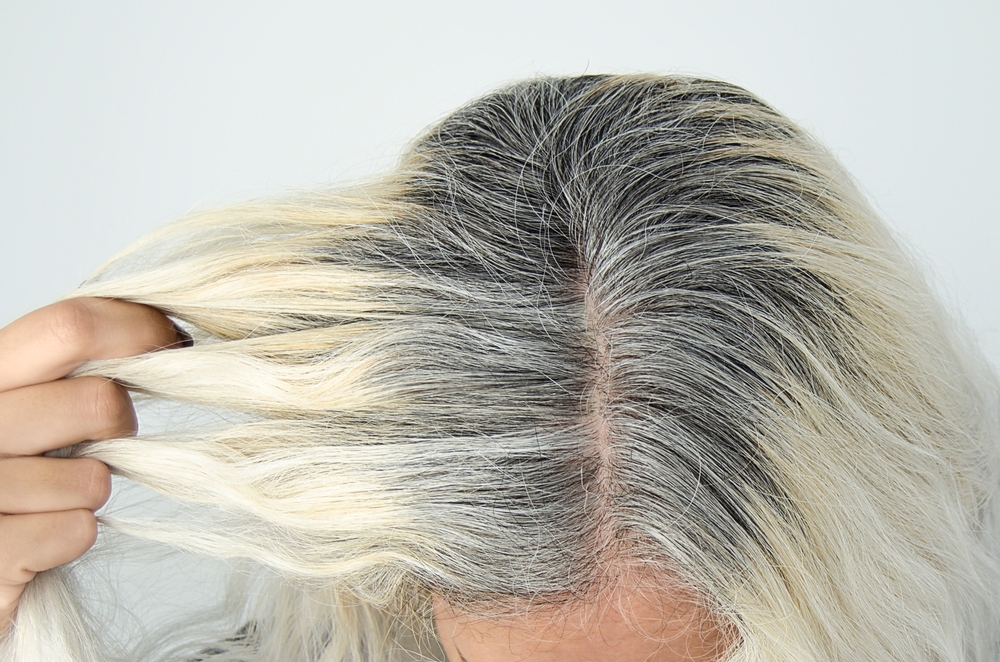
Frequent coloring, perming, or straightening treatments expose your hair to harsh chemicals that can cause long-term damage. Bleaching, in particular, leaves hair brittle and prone to breakage. Consider switching to plant-based dyes or opting for softer highlights that require less maintenance.
9. Tight Hairstyles
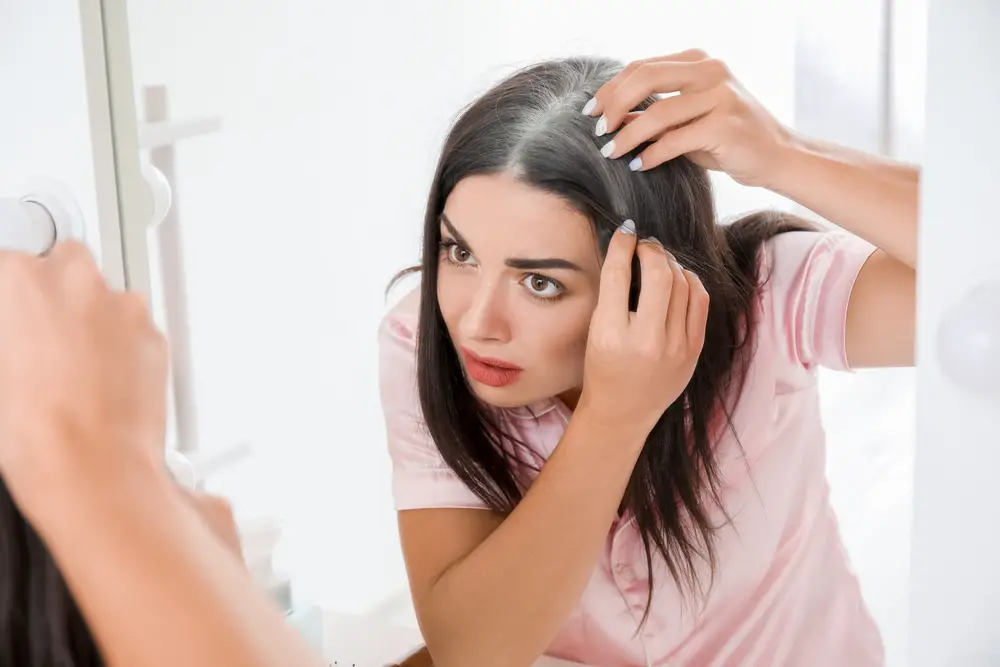
Slicked-back buns, tight ponytails, and braids can pull on the hair follicles, causing breakage and even hair loss. Loosen up your styles to relieve pressure on your strands and prevent long-term damage.
10. Product Buildup
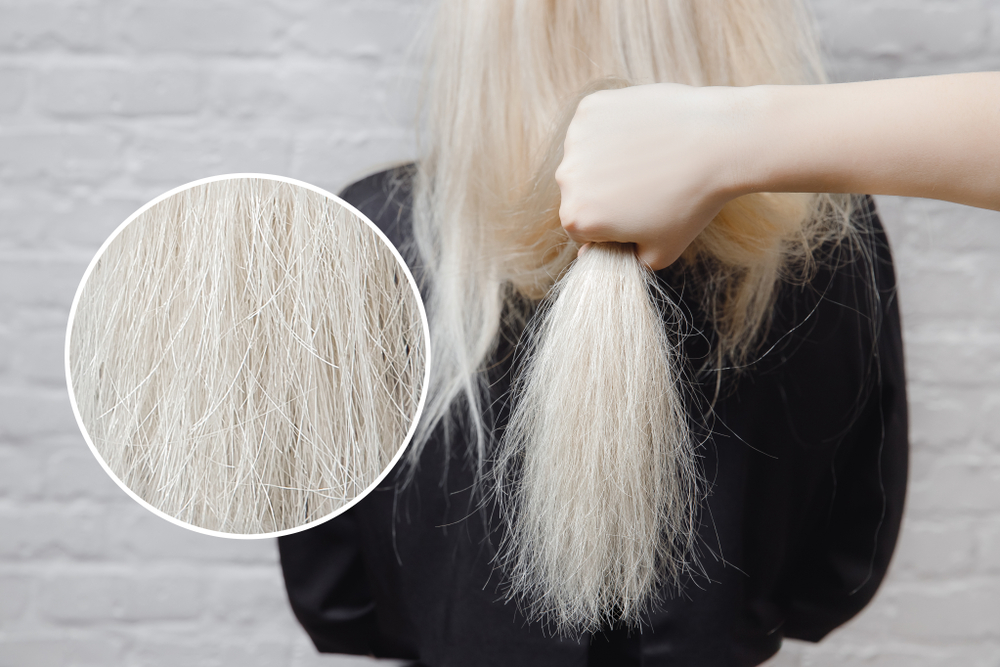
Using too many products or the wrong ones can lead to buildup, leaving hair dull, greasy, or dried out. Be sure to use products tailored to your hair type, and consider a clarifying shampoo once a week to remove residue and excess oils.
11. Scalp Issues

Healthy hair starts with a healthy scalp. If you don’t regularly exfoliate or cleanse your scalp, it can lead to clogged follicles, dandruff, and hair loss. Take care of your scalp with regular brushing, detoxifying shampoos, and gentle exfoliation.
12. Environmental Nasties

Your hair is exposed to the elements—UV rays, pollution, and extreme weather can all cause significant damage. The sun can weaken the hair shaft and fade color, while pollution adds to product buildup. Use hair products with UV filters and regularly deep condition to keep your hair protected and hydrated.
13. Split Ends Wreaking Havoc
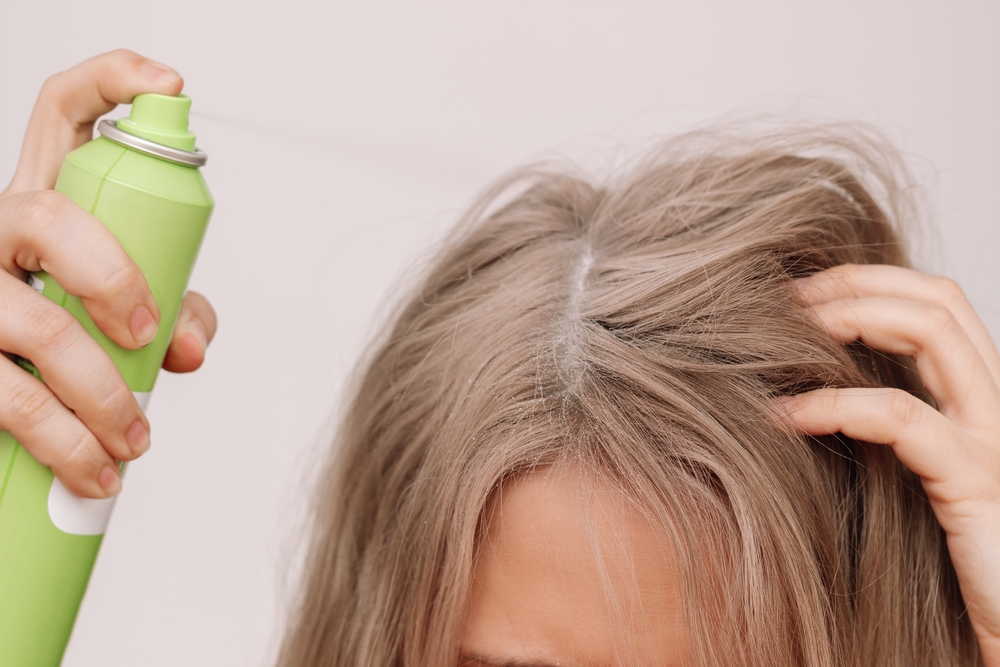
As your hair ages, regular trims become more important to maintain its health. Cutting your hair every 6-8 weeks helps prevent split ends and keeps it looking fresh and healthy. Keeping up with haircuts that suit your face shape and texture can also make you look younger and more vibrant.
14. Diet Deficiencies
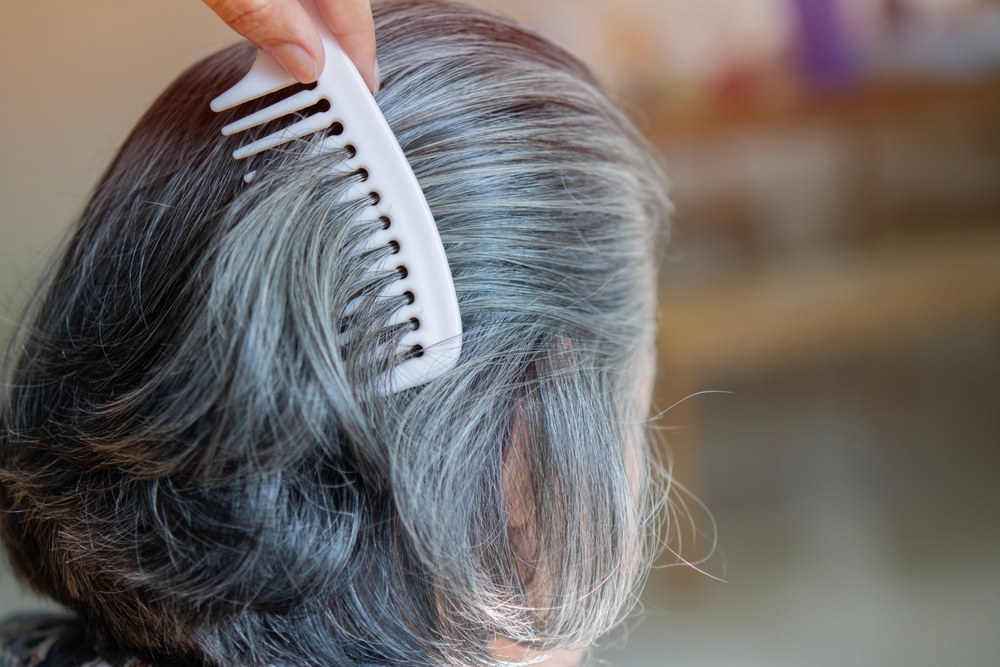
A healthy diet plays a significant role in hair condition. Deficiencies in vitamins A, C, D, and E, along with zinc and omega-3s, can lead to thinning hair and premature graying. Drinking enough water and eating a diet rich in fruits, vegetables, and lean proteins will help support healthy hair growth.
15. Haywire Hormones
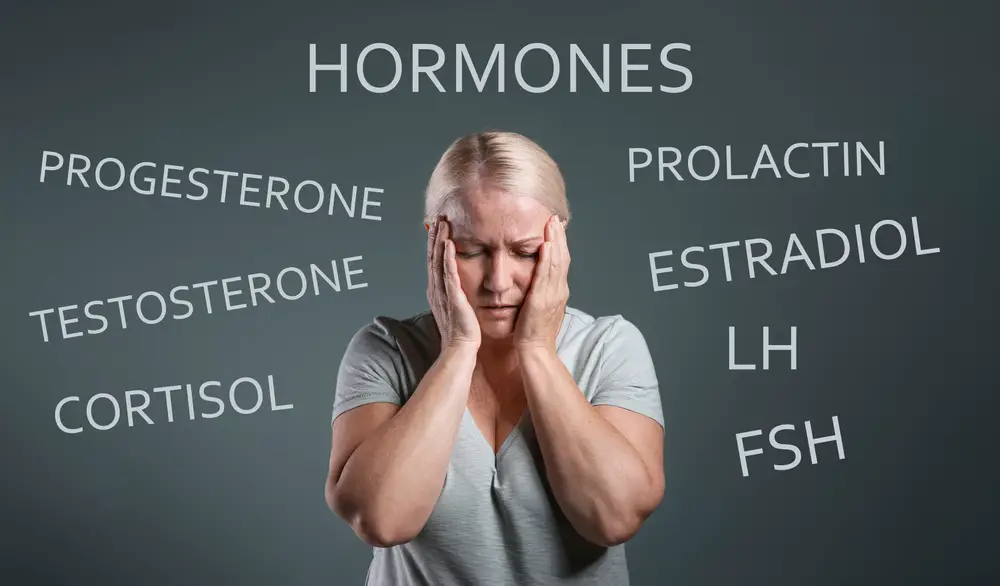
Hormonal fluctuations—especially during pregnancy, menopause, or due to thyroid issues—can cause hair thinning, loss, and graying. If you’re noticing a sudden change in your hair’s health, consider seeing a doctor to check your hormone levels and determine if supplements could help.

